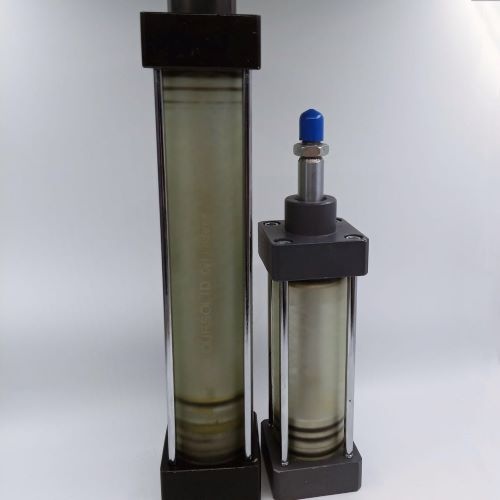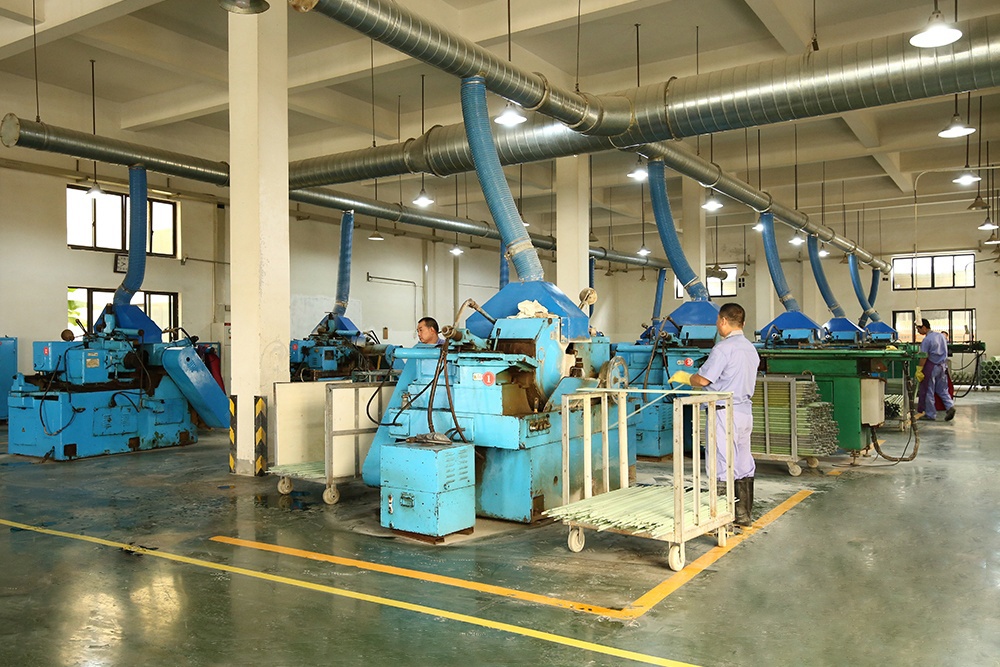Hydraulic Cylinder Casing: Protection and Maintenance
The hydraulic cylinder casing is a common and widely used protective device for machinery in various industries. It consists of a cylinder barrel and a piston. By utilizing the pressure of hydraulic fluid, the casing of the hydraulic cylinder carries the internal pressure of the cylinder, playing a crucial role in protecting the internal piston and seals.

Material
The casing of the hydraulic cylinder is made of high-strength materials, such as metals like steel, cast iron, or aluminum alloys, as well as epoxy resin glass. The design and manufacturing of the casing need to consider the working pressure and temperature of the hydraulic system. The choice of materials for the casing depends on the pressure and temperature requirements of the hydraulic cylinder, as well as the desired sealing performance.
What does the casing consist of?

How to ensure the proper operation of the hydraulic cylinder?
To ensure the normal operation and long lifespan of the hydraulic cylinder, the casing needs to have excellent sealing performance. The key to sealing performance lies in selecting suitable seals and employing proper installation methods. Common seals include O-rings, gaskets, and sealing strips. These seals prevent hydraulic fluid leakage and the entry of contaminants from the external environment into the hydraulic cylinder.
In hydraulic systems, the casing also serves to protect internal components. It prevents damage from dust, moisture, and other contaminants. Additionally, the casing absorbs and disperses vibrations and impact forces from the hydraulic system, safeguarding the hydraulic cylinder from external influences.

Importance of maintenance for hydraulic cylinder casing

In summary
The hydraulic cylinder casing is a vital component of hydraulic systems. It bears the internal pressure, protects various internal components, and plays roles in sealing and protection. Therefore, selecting, maintaining, and properly caring for the hydraulic cylinder casing can ensure the normal operation of the hydraulic system and enhance its lifespan.

